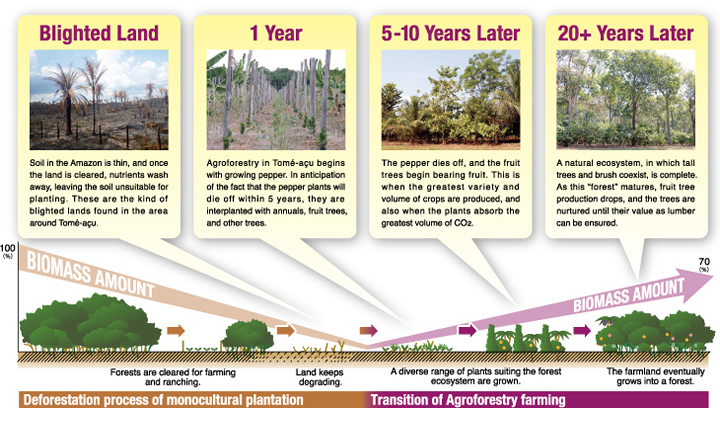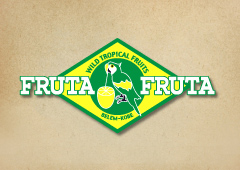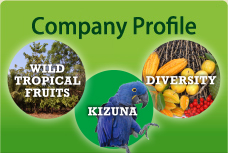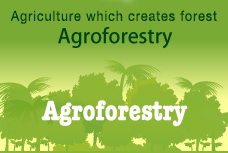
Tomé-açu is an area in the Amazon settled by Japanese immigrants, and Agroforestry has developed alongside the history of the town. Due to its ability to restore blighted land while conducting sustainable farming, the Agroforestry of Tomé-açu is gaining significant international attention not only for its high absorption of CO2 and restoring biodiversity, but also as a means of addressing global issues such as desertification, the food crisis, rural development, and poverty.
The Agroforestry of Tomé-açu is made up of a variety of crop combinations selected based on consideration of the location of the land, environmental conditions, timing of harvesting, competition for sunlight, water and nutrients by different plants, and work efficiency (harvesting time and cultivation management).



 When Japanese immigrants first settled in Tomé-açu in 1929, they were troubled by difficult lifestyles, hard work and a harsh environment, along with terrible endemic disease.
When Japanese immigrants first settled in Tomé-açu in 1929, they were troubled by difficult lifestyles, hard work and a harsh environment, along with terrible endemic disease.
Amid such conditions, pepper seedlings were brought from Singapore in 1933, and pepper referred to as the "black diamond" brought enormous wealth to Tomé-açu.
However, root rot caused by Fusarium bacteria began affecting the crop in around 1960, and pepper withered more every year, resulting in a rapid decline in production volume.
In order to avoid the risks of serious disease and market fluctuations, CAMTA (Cooperativa Agrícola Mista de Tomé-açu) proposed the use of cacao as a replacement crop for pepper to provide diversification of the crops grown. Cacao is a crop that thrives in shade, and can be grown with just 40% light. Imitating the indigenous people's methods of mixed planting of various trees, cacao began to be planted in the shade of pepper trees.
When the price of cacao skyrocketed in 1975, the light shone upon Tomé-açu yet again.
Subsequently, CAMTA worked toward further diversification, encouraging the growth of cacao, oil palm, rubber and passion fruit with pepper as the main crop, gradually increasing the number of crop types in the fields of Tomé-açu, leading to trees, fruit and vegetables being harvested from the fields. The need to clear new land was also eliminated, enabling long-term earnings to be obtained from the same field.
This is how Agroforestry was established as an element essential for the development of Tomé-açu.

 Planting trees in fields has been encouraged since the end of the war, but the late Noboru Sakaguchi was the first to recommend mixed planting as a "system".
Planting trees in fields has been encouraged since the end of the war, but the late Noboru Sakaguchi was the first to recommend mixed planting as a "system".
When he became the director responsible for farming technology at CAMTA, he sought out a crop to replace pepper, which had been significantly damaged by disease, and found a hint when he saw the indigenous people of the Amazon lived without starving through the mixed planting of various types of crops.
With this as a point of reference, the mixed planting of pepper, and cacao, which requires shade trees.






